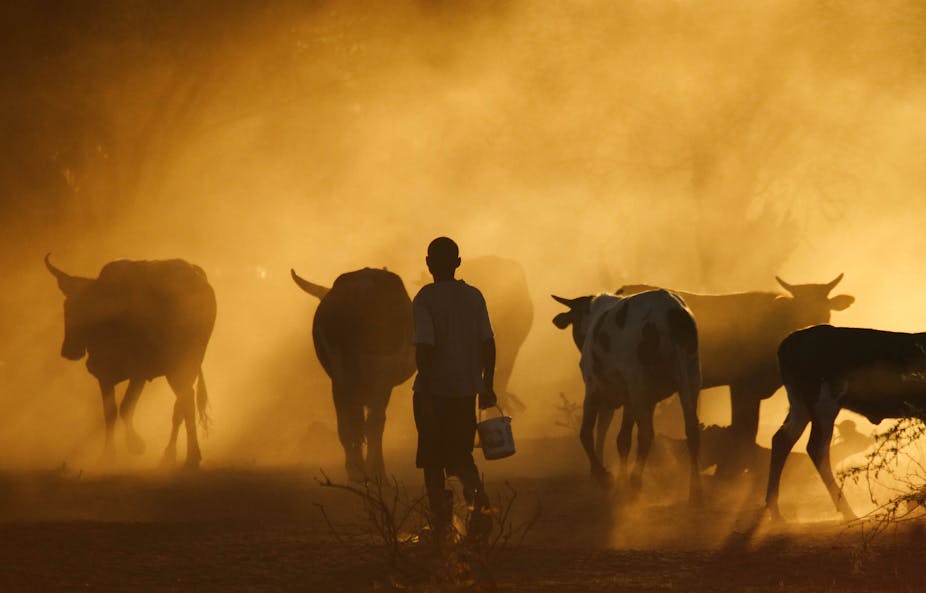FOOD SECURITY - You don’t hear about it as much, but global food security is a major issue, probably of more concern than climate change.
It is driven by increasing population, changes in diet, increasing costs of energy and nutrients, availability of agricultural land, loss of soil and erosion… the list goes on.
It’s compounded by the globalisation of the food chain, the commoditisation of products and the link to energy prices, as well as other complications such as subsidies and market protection. And all of this without considering climate change and the predicted increase in extreme weather events.
Small wonder, then, that prices have varied widely and are expected to do so again in the future.
One must expect that the worldwide food riots of 2008 will be repeated and that some of the movements of peoples and the armed conflicts will be driven by lack of food.
At present we grow enough food to feed 60 million people, but can this continue?
Home solutions
Our farmers are good but they haven’t had enough research and innovation support in recent years and productivity has flatlined. The challenge is to become even better at zero-input farming.
At the same time, the internationalisation of food chains means we are facing a growing reliance on imports. In 2008-9, exports were $18 billion and imports $10 billion. While exports are growing at 1.3% per year, imports are growing at 5.3% per year.
We have significant expertise in low-input agriculture and we must develop this even further to be a supplier of carbon neutral food.
There are further opportunities for exporting food production know-how: farmers could export their knowledge the same way the mining industry does. 60% of all mine planning in the world is done using Australian technology, earning $2 billion per year.
Importantly, we need a few more things to change. We need a more co-ordinated approach to food: better regulation (try labelling for a start), reduced wastage at all stages (50% of food from the farm gate is often wasted), and land use planning that is co-ordinated or sympathetic to food production.
Why, for example, aren’t we leaders in periurban and urban food production? Using the periurban approach, small land holders living close to cities can be encouraged to grow and supply fresh fruit and vegetables to city dwellers.
Given that for many of us, our diets are too energy dense and nutrient poor, links between periurban producers and city dwellers might also address some of the systemic rise in obesity.
Brave new worlds?
And so finally to the brave alternative: if our farm lands are not going to be enough to feed us, should we buy up agricultural land in other countries?
At the moment, other countries are buying into our agricultural land with concerns being expressed by the Senate. So, why shouldn’t we tackle food security by off-shore investment?
On the positive side, there are countries with better agricultural prospects than we have and demonstrable opportunities for improvement. Mozambique is one example.
On the negative side, such investments could be seen as economic imperialism and have high sovereign risks for the investors.
It is an idea worth considering: there are parts of the world with low population density where investment will not drive out the local population. This kind of investment could provide people with external income and the chance of bettering their conditions.
I favour a multi-prong approach. Let’s increase significantly our investment in innovation for our existing agricultural industry, including moving up the value chain. And urban and periurban agriculture needs serious attention.
But finally, who’s for offshore investment?
More from our series on food security
To feed the world, farming emissions must rise
Without biosecurity, higher crop yields mean better fed rodents
The unpalatable truth about biofuels, hunger and political unrest

